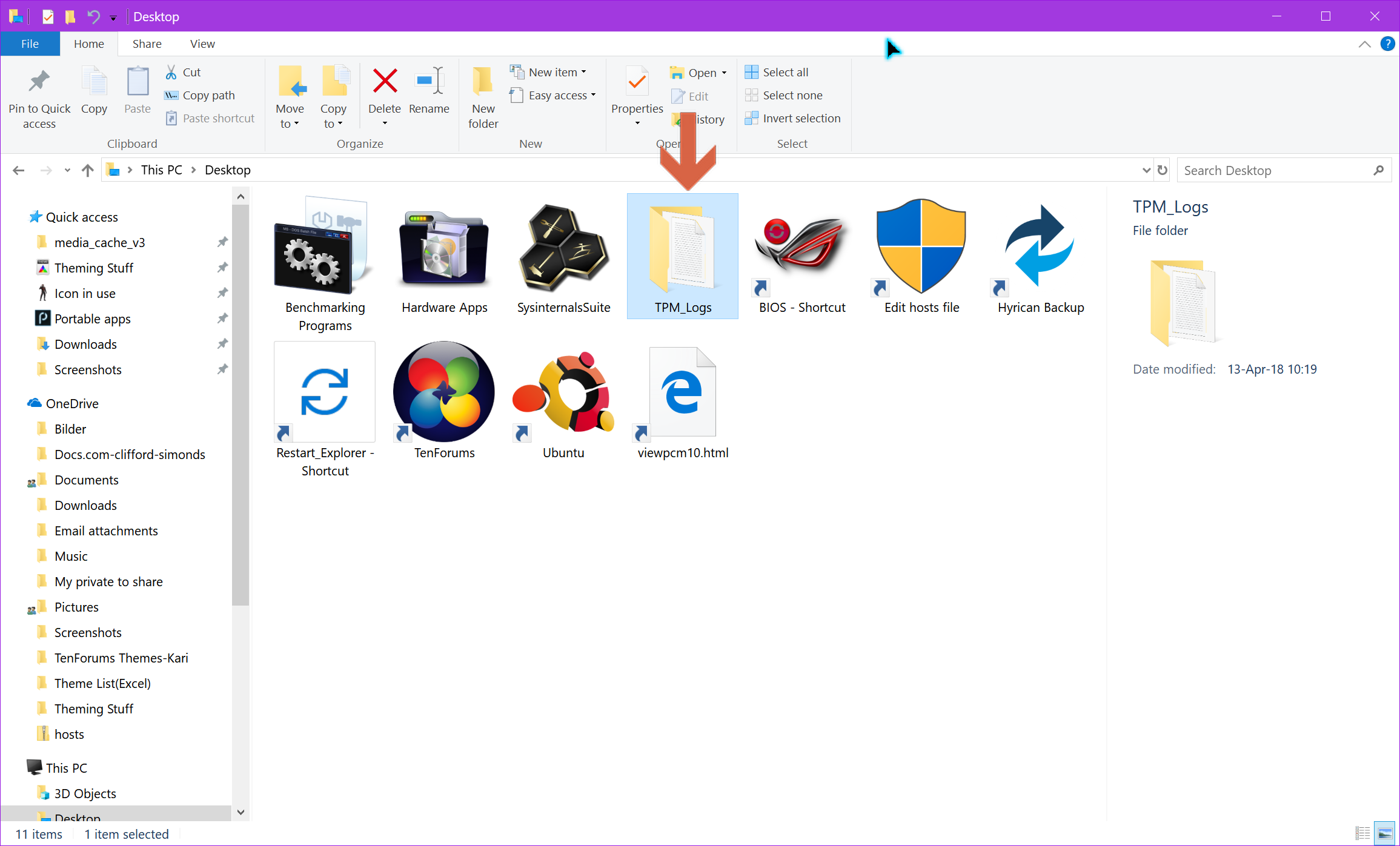
It should also show you if what version of the TPM standard your PC supports - whether it is TPM 1.2 or TPM 2.0. Expand the "Security Devices" node and see if it has a "Trusted Platform Module" listed.This means that you have a Trusted Platform Module:.Tip: you can customize the Win + X menu of Windows 10. Press Win + X keys together on the keyboard and click Device Manager.To find if your Windows 10 device has a TPM (Trusted Platform Module), you can use the built-in Device Manager tool. In Windows 10, the TPM is also used to protect credential data. The TPM can also be used as a replacement for smart cards. For example, BitLocker can utilize TPM to secure and protect keys used for drive encryption. One of the more frustrating Windows 11 hardware requirements is the potential need for a Trusted Platform Module 2.0 (TPM). When a Trusted Platform Module is present in a device, it allows to secure cryptographic operations like generation of cryptographic keys or secure device authentication. A TPM, or Trust Platform Module, is a dedicated. Trusted Platform Module is a special security standard which describes a hardware chip embedded in your PC's motherboard. Windows 11 is out and updating on many machines, and in the process a lot of PC builders are tripped up by an odd system requirement: TPM 2.0.


2021 Microsoft Office Home and Business 2019 Microsoft Office Home and Business 2013 Microsoft Office Professional 2003 Windows 10 Professional HP ProBook 470 G4. If you are curious to find out if your Windows 10 PC has a Trusted Platform Module (TPM), here is a simple method which will help you to determine it. Trusted Platform Module C0090016 Issue after replacing the mother board. RECOMMENDED: Click here to fix Windows issues and optimize system performance


 0 kommentar(er)
0 kommentar(er)
